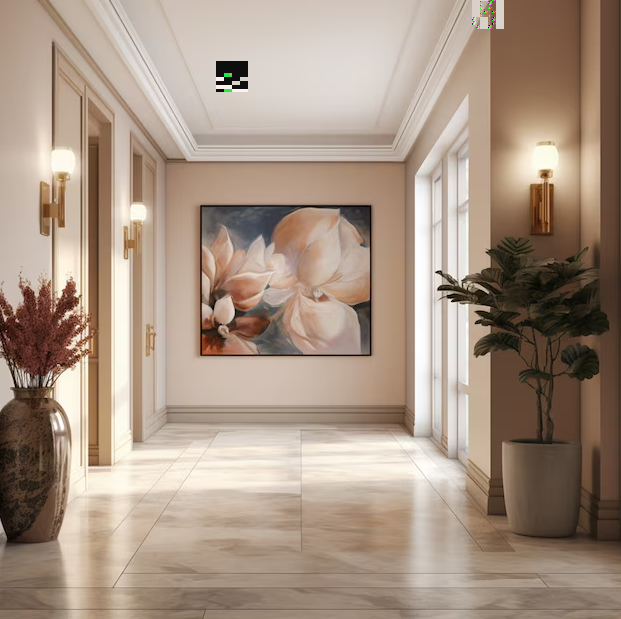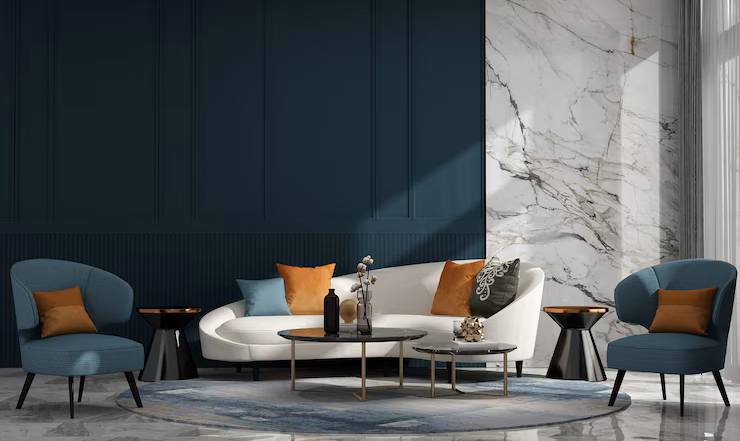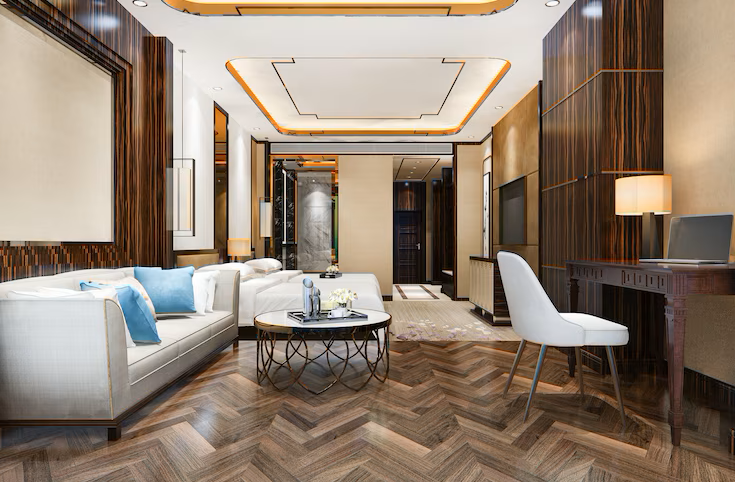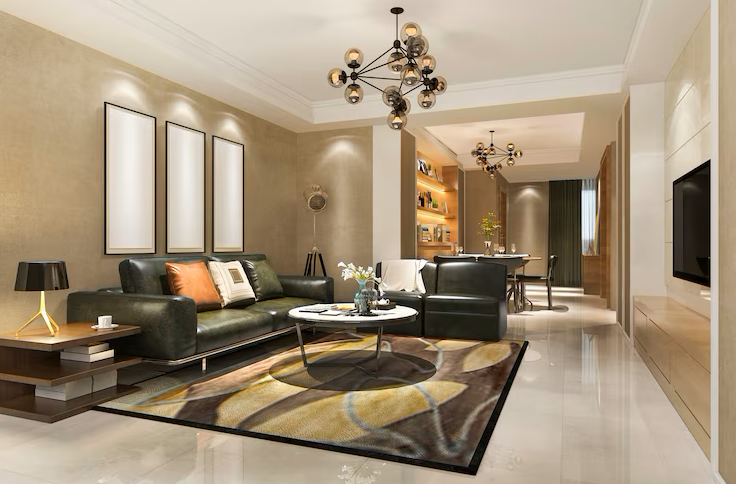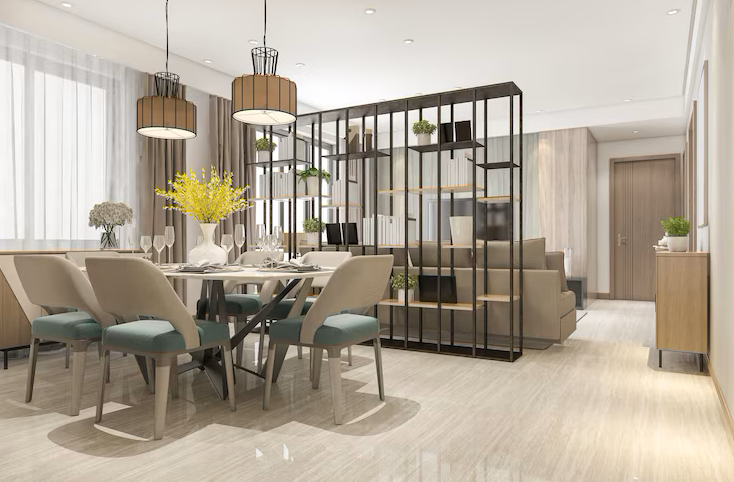The Role of Environmental Clearance in Sustainable Designs by Interior Designers in Chennai
Introduction
Sustainability is no longer a trend; it’s a necessity. As urban populations grow and the demand for eco-conscious living intensifies, Interior Designers in Chennai are embracing environmentally responsible practices like never before. One crucial aspect of sustainable interior design that is often overlooked is Environmental Clearance (EC). While traditionally associated with large infrastructure and construction projects, EC is now influencing the decisions of eco-sensitive interior designers who aim to align aesthetic goals with environmental responsibility.
This blog explores how Interior Designers in Chennai are integrating the principles of environmental clearance into sustainable design, promoting healthier spaces and greener cities.
What is Environmental Clearance?
Environmental Clearance is a legal requirement mandated by the Ministry of Environment, Forest and Climate Change (MoEFCC) to ensure that development projects do not pose significant harm to the environment. It involves a thorough Environmental Impact Assessment (EIA) that evaluates the potential environmental consequences of a proposed project, covering aspects such as air quality, water management, energy use, and waste disposal.
Although EC is typically required for large-scale construction or industrial developments, its principles are increasingly guiding smaller projects, including residential and commercial interior design.
Why Interior Designers in Chennai Should Care About Environmental Clearance
Chennai is a bustling metropolis with a tropical climate, fragile coastal ecosystems, and growing environmental concerns. With frequent floods, rising temperatures, and increasing pollution, the city needs professionals who prioritize environmental stewardship. Here’s where Interior Designers in Chennai step up.
By aligning with environmental clearance principles—even when not legally bound—they contribute to:
-
Lower carbon footprints
-
Healthier indoor environments
-
Reduced energy and water usage
-
Sustainable material choices
Incorporating Environmental Clearance Principles in Interior Design
Though interior design projects may not directly fall under EC mandates, several principles can still be incorporated to ensure environmentally responsible design. Here’s how leading Interior Designers in Chennai are doing it:
1. Material Selection and Waste Management
Interior designers are increasingly opting for eco-certified materials such as low-VOC paints, recycled wood, and natural textiles. They are also keen on sourcing local materials to reduce transportation emissions.
Moreover, thoughtful planning during the design phase helps minimize construction waste, ensuring efficient use of resources. Waste segregation and reuse of existing elements like old furniture and fittings are now standard practices.
2. Energy Efficiency and Natural Ventilation
Many Interior Designers in Chennai focus on passive design strategies, such as maximizing natural light and promoting cross-ventilation to reduce dependency on artificial lighting and air conditioning. These practices not only lower energy bills but also reduce greenhouse gas emissions.
Designers also encourage the use of energy-efficient appliances, solar panels, and LED lighting, which align with EC guidelines focused on reducing energy consumption.
3. Water Conservation in Design
Water scarcity is a growing concern in Chennai. Designers are incorporating water-saving fixtures, dual-flush systems, and greywater recycling wherever possible. Even the placement of indoor plants that require minimal watering or the use of self-watering planters contributes to smarter water usage.
4. Indoor Air Quality and Health
In line with EC’s focus on air quality, Interior Designers in Chennai are creating low-toxin environments. They avoid materials that emit harmful gases and integrate air-purifying plants into the decor. Good indoor air quality contributes to overall well-being, a factor increasingly prioritized in modern sustainable designs.
5. Smart Technology Integration
To further sustainability, designers are embedding smart home systems that control lighting, temperature, and water usage. These systems not only enhance user convenience but also reduce unnecessary energy and water wastage, staying true to the eco-conscious vision.
Case Study: Sustainable Interior Design in a Chennai Residence
A leading interior design firm in Chennai recently completed a villa renovation in ECR using zero-waste design strategies. By reusing over 70% of existing materials, implementing solar-powered lighting, and installing indoor gardens with drip irrigation systems, the designers successfully brought EC principles into a luxury living space. The result? A home that’s as green as it is gorgeous.
Challenges Interior Designers Face
Despite their best intentions, Interior Designers in Chennai often face several roadblocks:
-
Lack of client awareness about sustainable options
-
Higher initial costs of eco-friendly materials
-
Limited availability of certified sustainable products
-
No regulatory enforcement for sustainability in interiors
However, many designers are proactively educating clients, offering affordable green alternatives, and forming alliances with eco-material vendors.
The Way Forward
The path to sustainable living lies in collective responsibility. As environmental concerns grow, it is no longer enough for only architects and builders to consider environmental clearance; interior designers, too, must contribute. In Chennai, where every design decision can impact the city’s delicate balance of ecology and urbanization, this becomes even more vital.
Conclusion
Environmental Clearance isn’t just about large infrastructure—it’s about mindset. And Interior Designers in Chennai are increasingly adopting that mindset to create spaces that are not only stylish and functional but also sustainable and environmentally sound. As clients become more environmentally aware, the demand for such thoughtful design will only grow.
Chennai deserves a greener future, and its interior designers are helping to build it—one sustainable space at a time.

